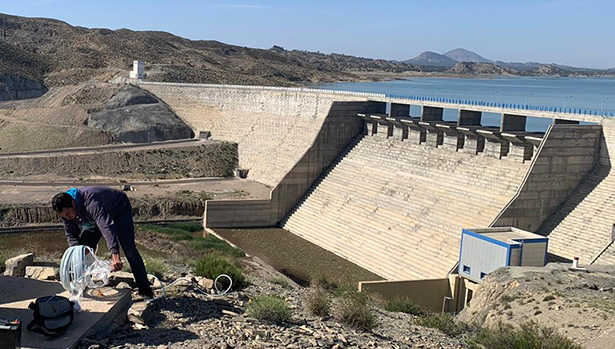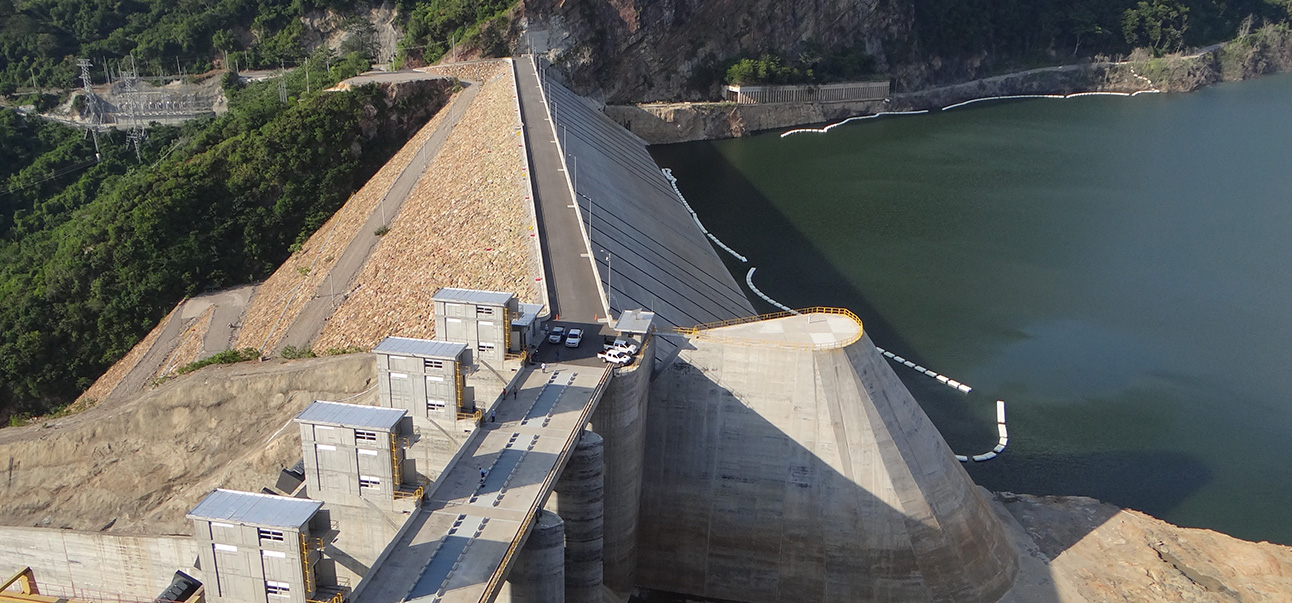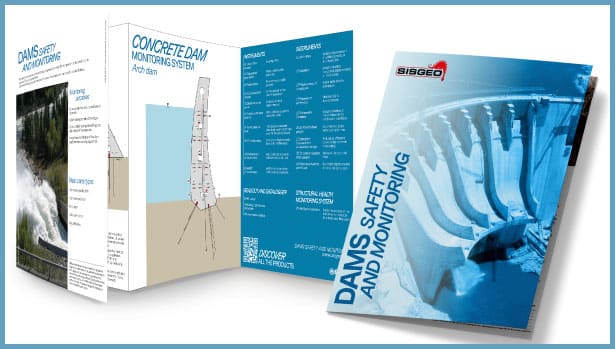WHAT is DAMS MONITORING?
Dam monitoring instrumentation, also known as hydropower monitoring, is fundamental because dams play a critical role in managing water resources, providing drinking water, generating hydropower, and protecting communities from floods. Dams are large, complex structures that require regular monitoring and maintenance to ensure they operate safely and effectively. Without proper monitoring, dams can become compromised, leading to catastrophic failures that can cause loss of life and significant damage to property and infrastructure.
Dams geotechnical monitoring involves the surveillance of the physical and mechanical properties of the dam structure and its foundation. This includes monitoring the deformation, stability, and settlement of the dam, as well as monitoring the pore water pressure and seepage through the dam and foundation.
Monitoring of hydrologic dams includes monitoring of water levels and flows inside and around the dam. This includes monitoring the inflow and outflow of water from the dam, as well as the water levels in the reservoir and downstream of the dam.
The purpose of geotechnical and hydrological dam monitoring instrumentation is to detect any changes in the dam structure or the surrounding environment that could potentially compromise the safety and stability of the dam. By detecting these changes early, measures can be taken to prevent catastrophic failures and ensure the safety of downstream communities and infrastructure.

WHICH ARE THE CHALLENGES IN DAMS MONITORING?
The primary challenges in geotechnical, structural, and hydrological monitoring programs for dams are to thoroughly assess and manage risks related to their physical stability, safety, and efficient operation. These programs generally include:
Firstly, deformation monitoring, which is vital for detecting any shifts or changes within the dam structure that might indicate instability or damage. This monitoring involves tracking both vertical and horizontal movements, as well as tilts and rotations in the dam and its various components.
Secondly, seepage monitoring is essential to identify any potential leakage or water flow through the dam’s foundation, embankment, or abutments. This includes measuring parameters like water levels, flow rates, and groundwater pressure, among other indicators.
Additionally, internal erosion monitoring plays a critical role by detecting voids or cavities that form due to soil or rock being internally washed out within the dam. To achieve this, measurements of piezometric pressures, settlement, and deformations are typically taken.
Moreover, foundation stability monitoring focuses on assessing the foundation’s movements, strength, stiffness, and deformation capacity. This is crucial in identifying any risks of foundation instability that might contribute to dam failure.
Finally, structural integrity monitoring involves routine inspections and non-destructive testing to detect tilts, cracks, or other types of damage within the dam’s components. This helps operators identify and address issues early, preventing them from escalating into significant threats to the dam’s overall stability.


